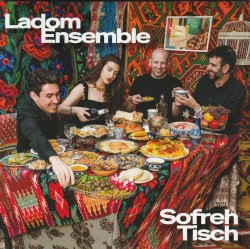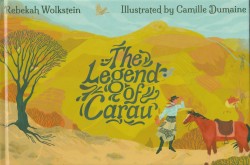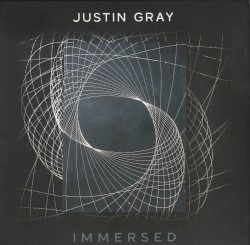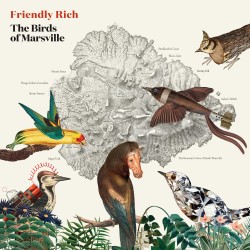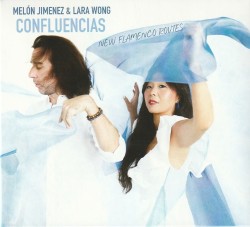Brahms, Balkans & Bagels - Oktopus
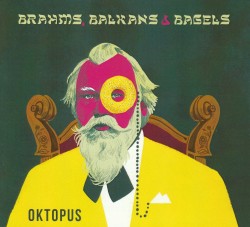 Brahms, Balkans & Bagels
Brahms, Balkans & Bagels
Oktopus
Independent (oktopus1.bandcamp.com/album/brahms-balkans-bagels)
Formed in 2010 by clarinetist Gabriel Paquin-Buki, Oktopus, the Quebec-based klezmer octet (get it?) dedicates itself to exploring those creative possibilities that reside in the stylistic margins and fuses Western Art Music with klezmer and jazz improvisatory sounds on this terrific release. Brahms, Balkans & Bagels, released through the ensemble’s online Bandcamp site, expands upon and amplifies the influence that folkloric and traditional musical traditions had upon such esteemed art music composers as Brahms, Saint-Saëns and Franz Liszt. Although it is well-known that Béla Bartók and Zoltán Kodály—whose dynamic piece Kállai kettős is performed with aplomb here—were among music’s first ethnomusicologists, less is understood about the ways in which traditional folk music styles inspired other composers from the Western Art Music canon.
Over 12 fine performances, creative arrangements and engaging sonic fusions where the only constant is musical excellence, Oktopus demonstrates why it has been routinely fêted with nominations for JUNO, Canadian Folk Music, Félix and Opus Awards. Perhaps most notably, they earned a “special prize for the most creative fusion of ancient and contemporary music traditions,” at the Slovak Radio’s International Competition of Folk Music Recordings in Bratislava. Creative fusions certainly abound on Brahms, Balkans & Bagels. The album’s leadoff track, Mahler Goes Meshuge (Mahler goes crazy) sets the tone for the excellently curated, dynamically performed, inspired arrangements to come. Notable contributions from French chanteuse Janna Kate underscore the fact that there is much to enjoy on this unorthodox, but always musical, new release.


